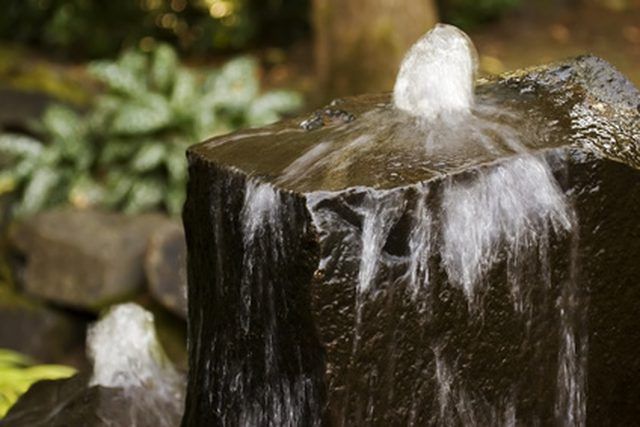Bulbs
Flower Basics
Flower Beds & Specialty Gardens
Flower Garden
Garden Furniture
Garden Gnomes
Garden Seeds
Garden Sheds
Garden Statues
Garden Tools & Supplies
Gardening Basics
Green & Organic
Groundcovers & Vines
Growing Annuals
Growing Basil
Growing Beans
Growing Berries
Growing Blueberries
Growing Cactus
Growing Corn
Growing Cotton
Growing Edibles
Growing Flowers
Growing Garlic
Growing Grapes
Growing Grass
Growing Herbs
Growing Jasmine
Growing Mint
Growing Mushrooms
Orchids
Growing Peanuts
Growing Perennials
Growing Plants
Growing Rosemary
Growing Roses
Growing Strawberries
Growing Sunflowers
Growing Thyme
Growing Tomatoes
Growing Tulips
Growing Vegetables
Herb Basics
Herb Garden
Indoor Growing
Landscaping Basics
Landscaping Patios
Landscaping Plants
Landscaping Shrubs
Landscaping Trees
Landscaping Walks & Pathways
Lawn Basics
Lawn Maintenance
Lawn Mowers
Lawn Ornaments
Lawn Planting
Lawn Tools
Outdoor Growing
Overall Landscape Planning
Pests, Weeds & Problems
Plant Basics
Rock Garden
Rose Garden
Shrubs
Soil
Specialty Gardens
Trees
Vegetable Garden
Yard Maintenance
How to Build a Waterfall in Limited Space
How to Build a Waterfall in Limited Space. The sounds of a small waterfall create a sense of peace and tranquility. A waterfall can also create a unique accent to your home's landscape; however, we don't all have a garden or lawn expansive enough to accommodate a large waterfall and pond. If you have limited ground space or want to build a...

The sounds of a small waterfall create a sense of peace and tranquility. A waterfall can also create a unique accent to your home's landscape; however, we don't all have a garden or lawn expansive enough to accommodate a large waterfall and pond. If you have limited ground space or want to build a waterfall on a balcony or porch without digging, a small, self-contained waterfall is easy to build.
Things You'll Need
Plastic water trough
Shovel (optional)
Submersible fountain pump with tubing
Foam packing peanuts
Round stones
Slate stones
Drill
Masonry bit
Scissors
Potted plants (optional)
Place a plastic water trough in the desired location. It should be near an outlet for plugging in the pump. Water troughs are available from livestock suppliers and come in a variety of sizes, depending on your space. The trough can be above ground, or you can dig a hole and set the trough in the ground for a miniature pond effect.
Place a submersible fountain pump in the water trough and attach the tubing.
Fill the trough with foam packing peanuts until the pump is covered by about 1 inch. This will take up invisible space and keep the pump from being crushed by rocks.
Arrange rocks in the trough, on top of the packing peanuts. Fill the trough almost to the top, concealing the pump. Use any kinds of rocks you want, including large rocks, round stones, river rocks and pebbles.
Create a stack of slate stones on top of the rocks. Start with a large slate stone and gradually add smaller stones to create a series of steps. If necessary, slate can be easily broken by elevating two sides under blocks and fracturing it with a series of hammer hits. The steps will serve as the cascading surface for the water to fall down. As you add each piece of slate, use a drill with a masonry bit to make a hole for feeding the pump tubing through. Slate is a softer rock that is easy to drill. Drill the holes so that they are in line with each other and feed the tubing through as you go. Be creative in your use of slate stones, but make sure they are tightly stacked and secure.
Use scissors to cut off any excess tubing once you have added the last slate stone, so that the water just seems to bubble up out of the rock.
Fill the trough so that the water level is over the pump. Plug in the electrical cord to start the flow of water. Be sure to refill your waterfall basin periodically as the water evaporates.
Place potted plants around the waterfall basin if it is above ground, to hide the plastic walls of the trough.